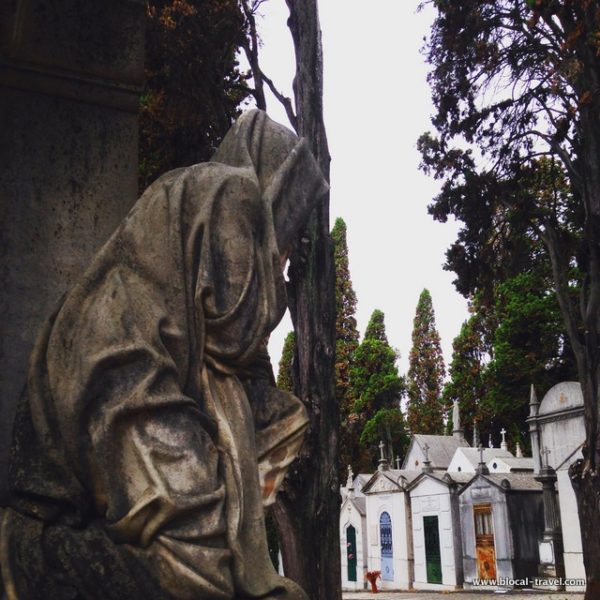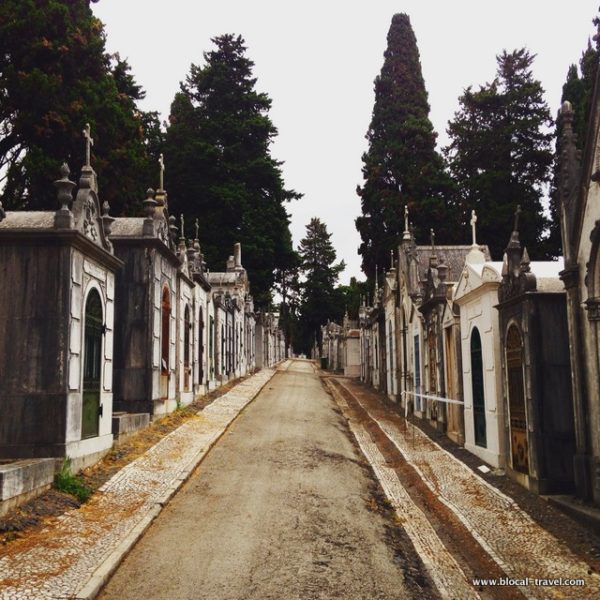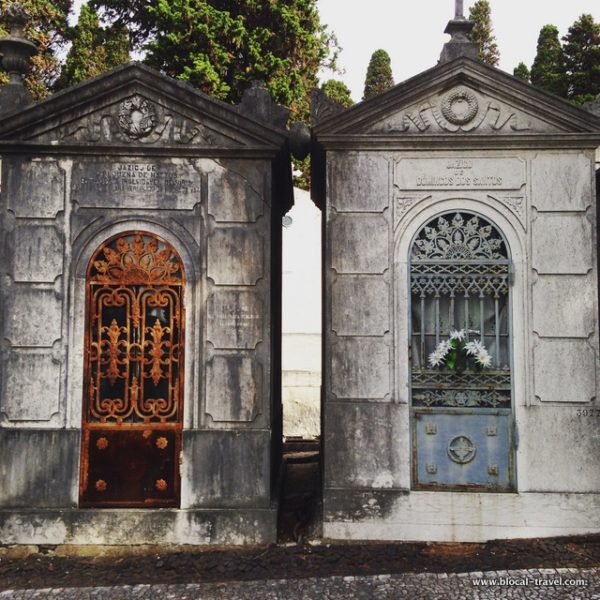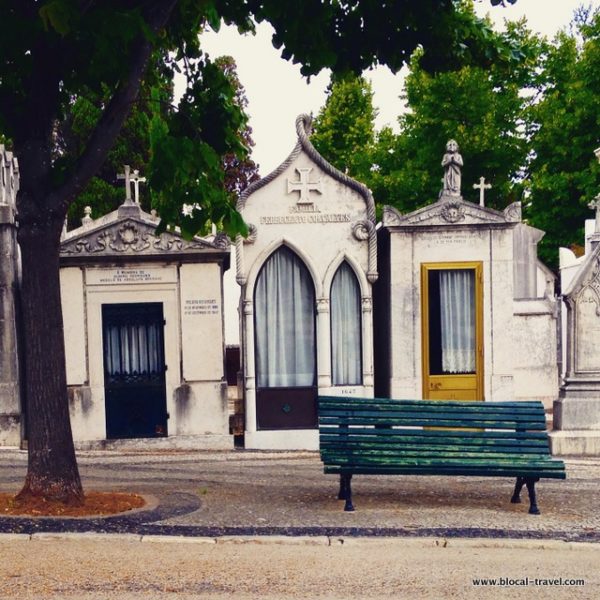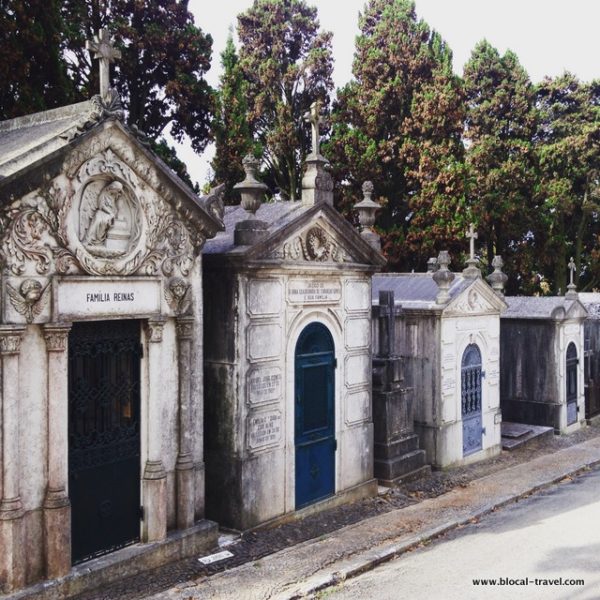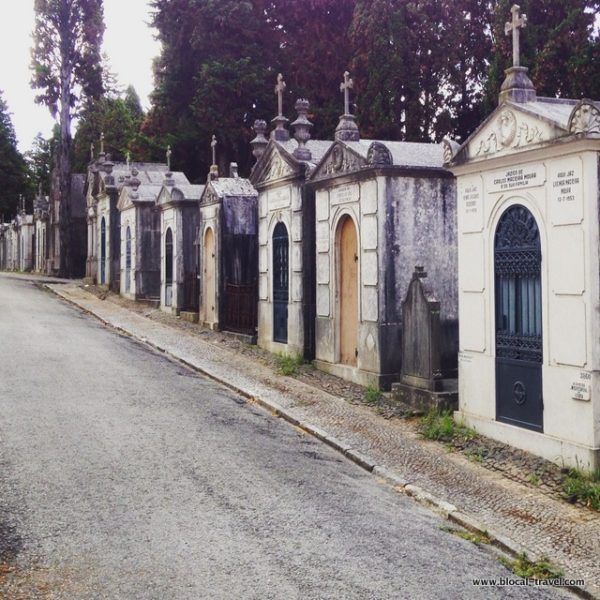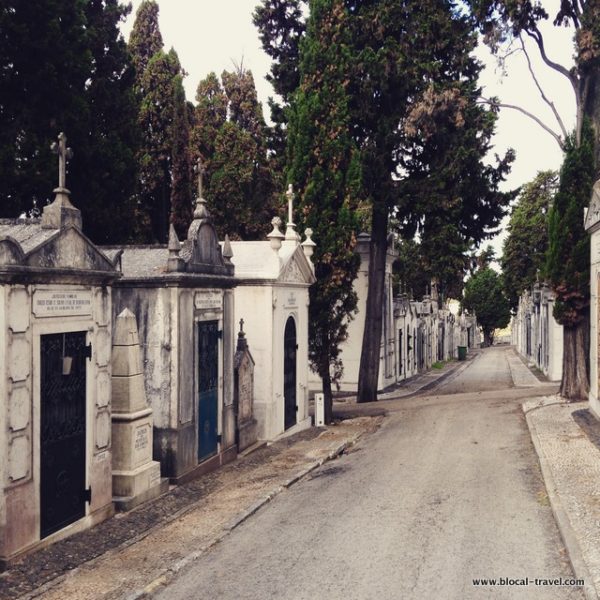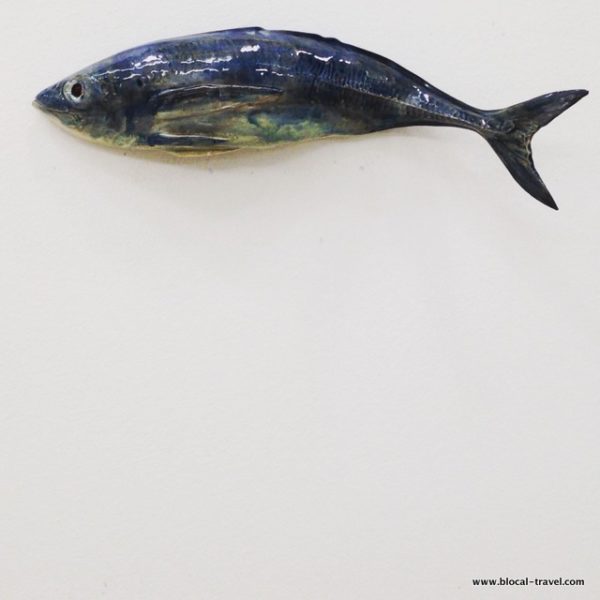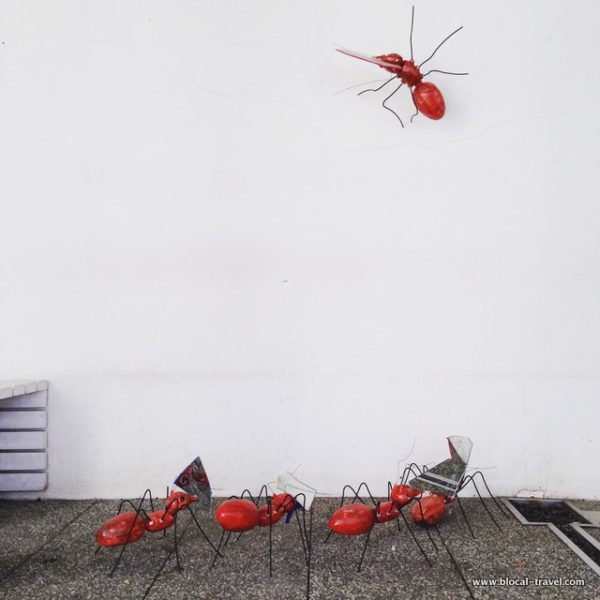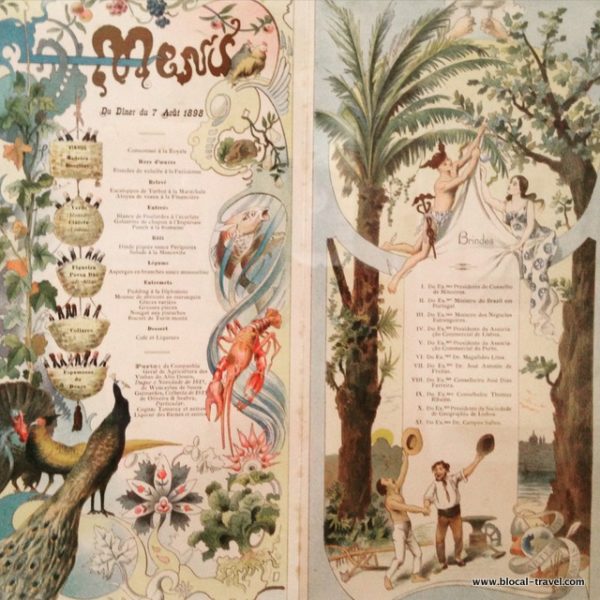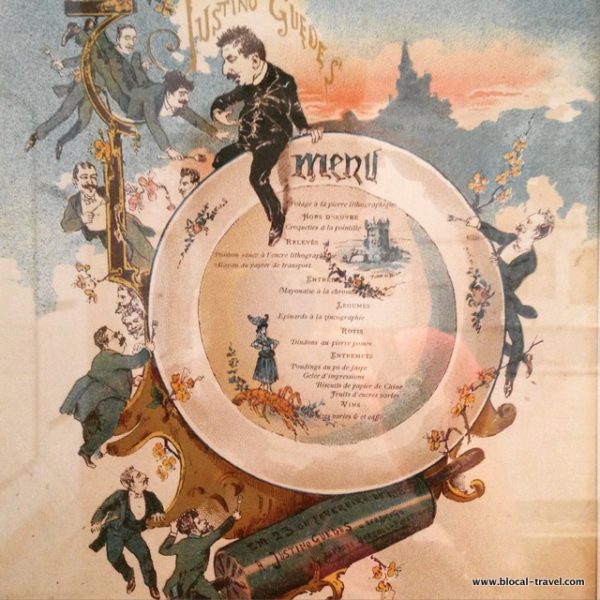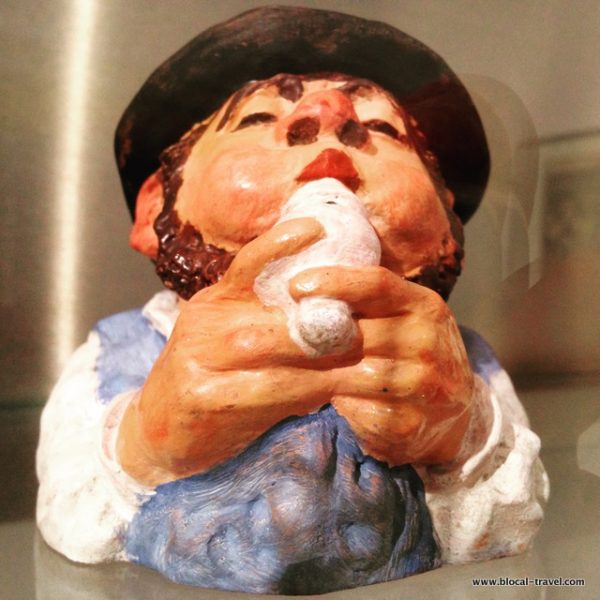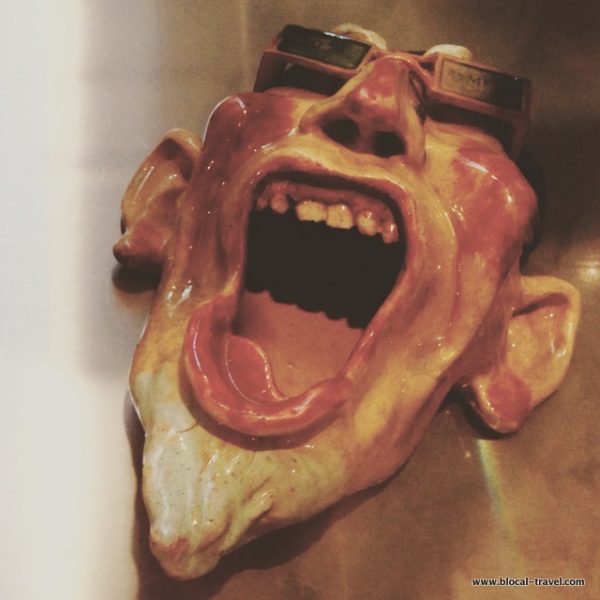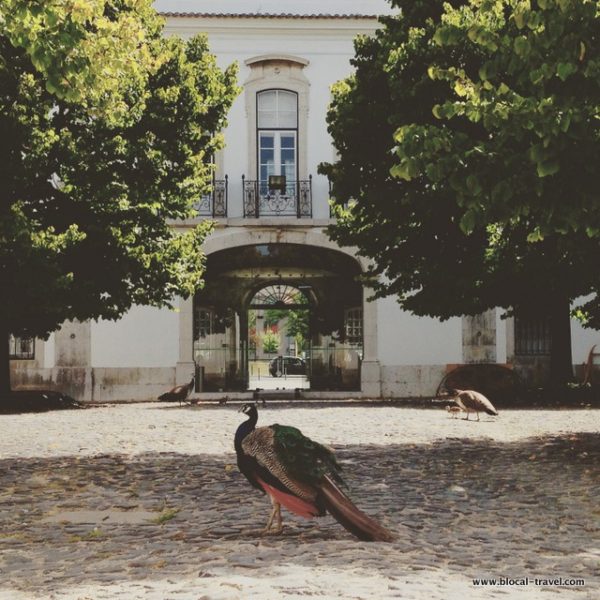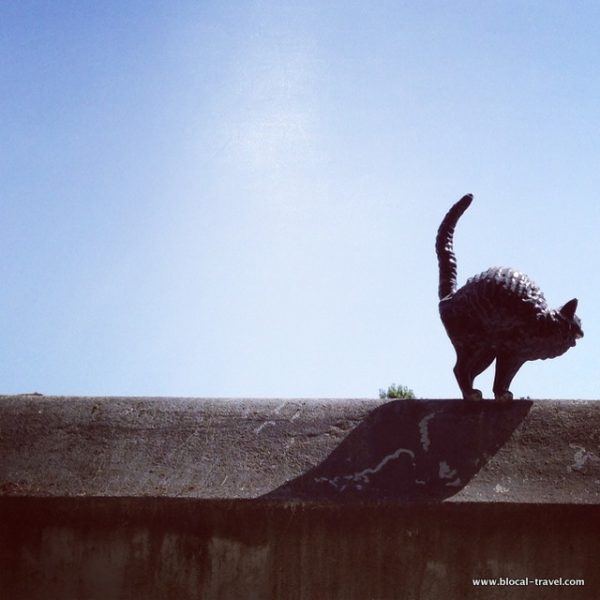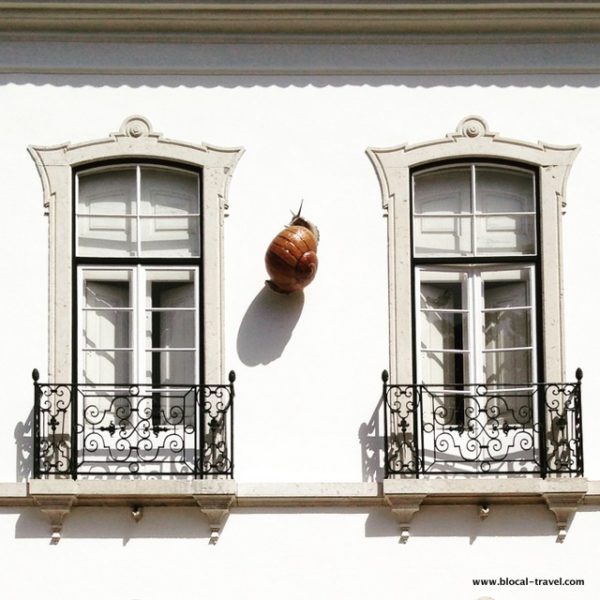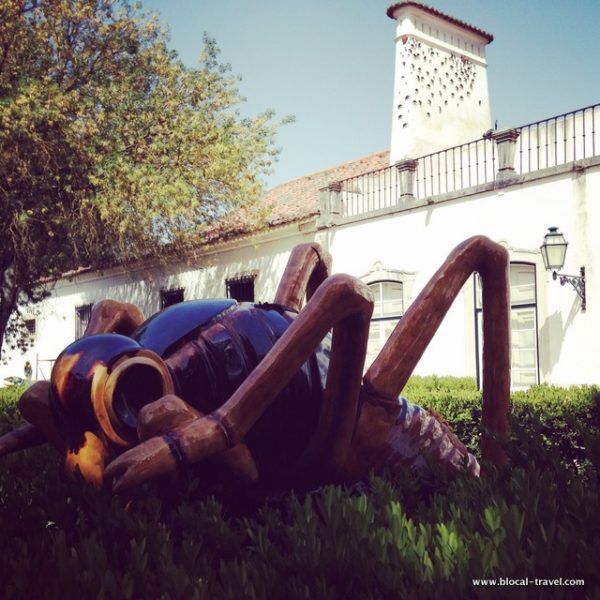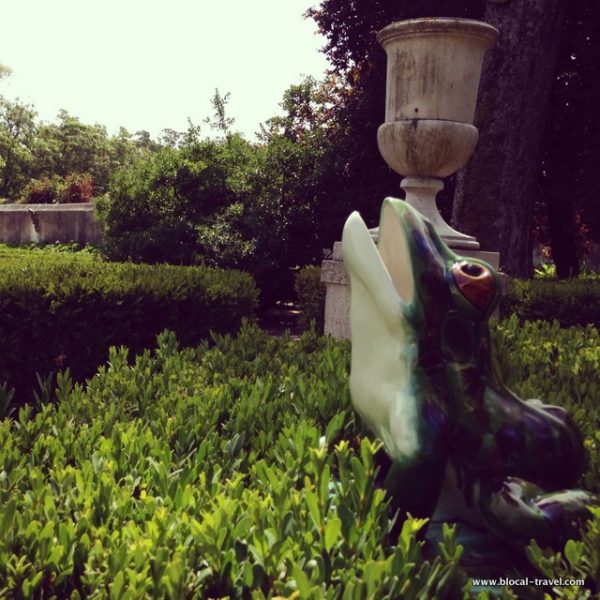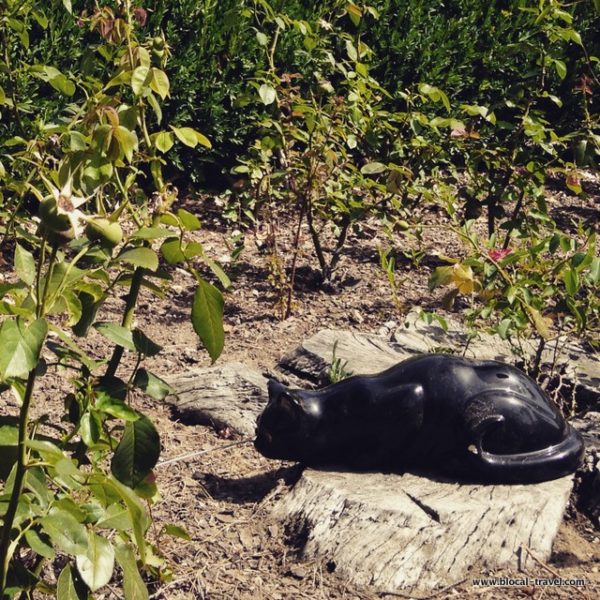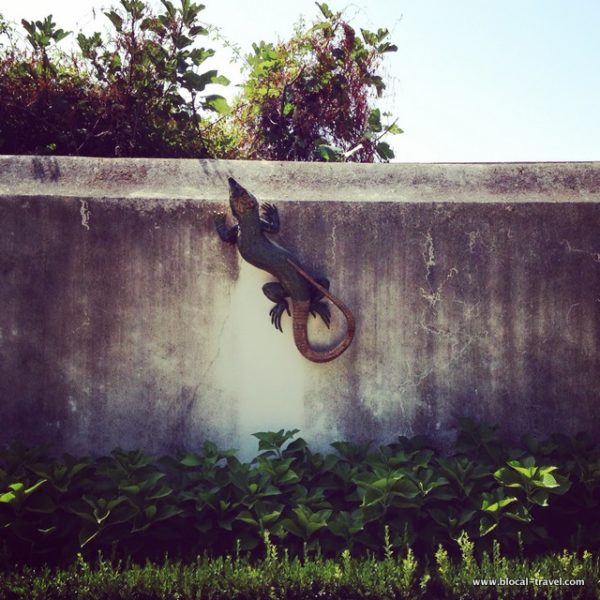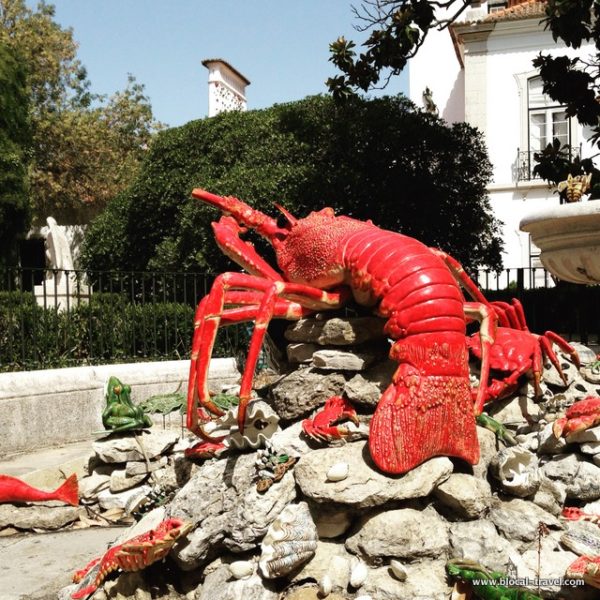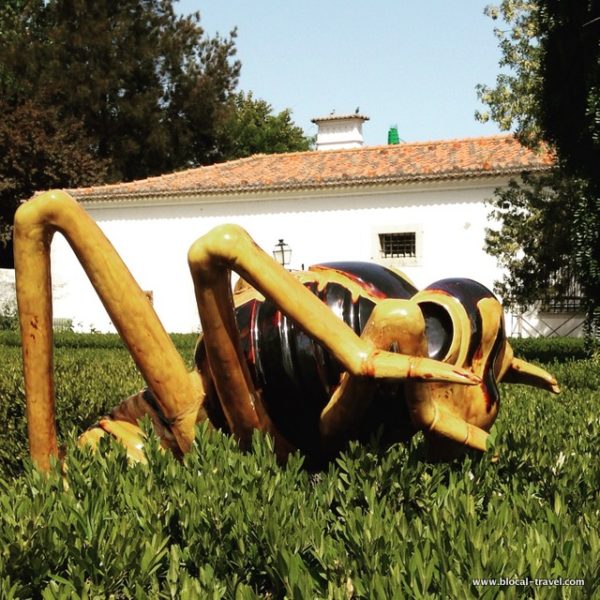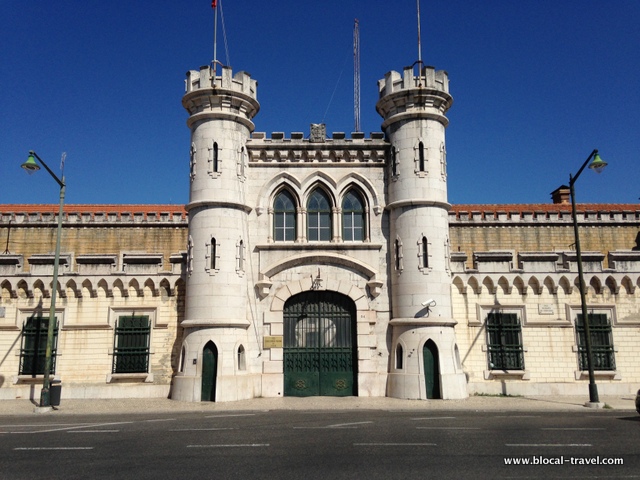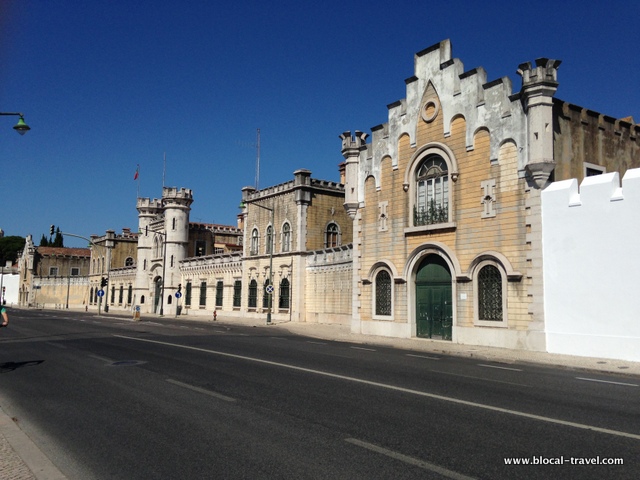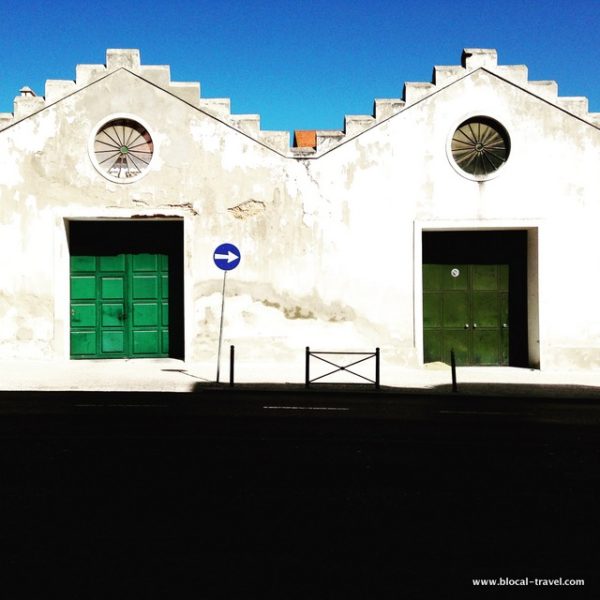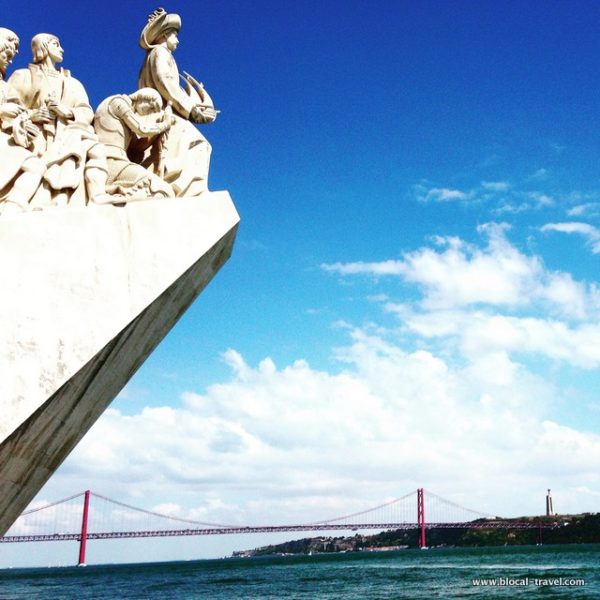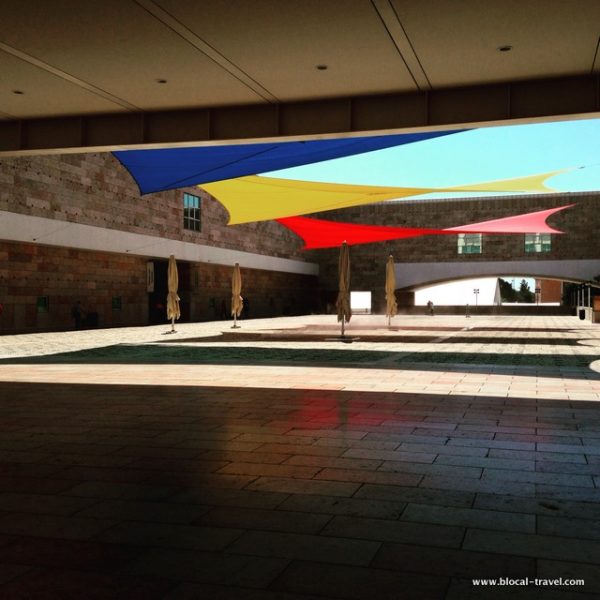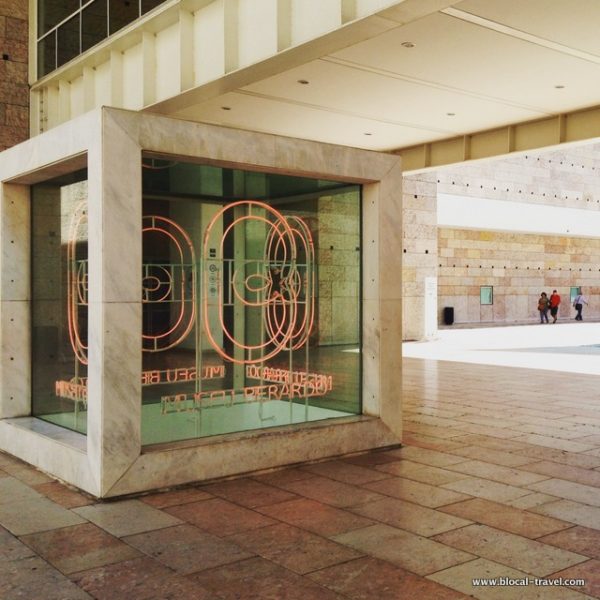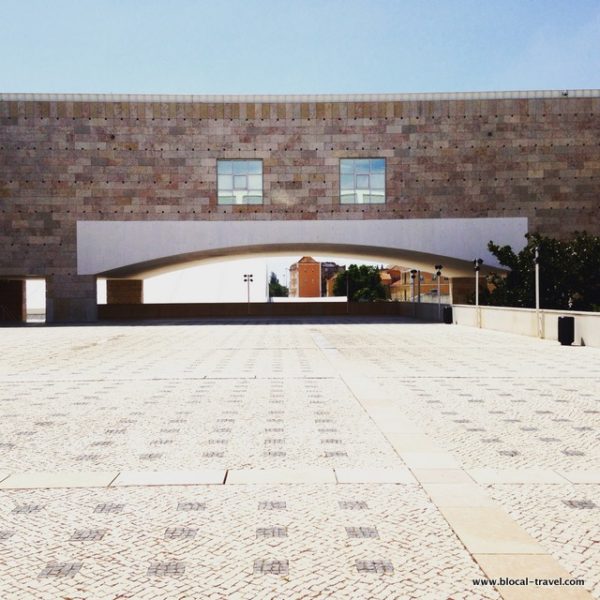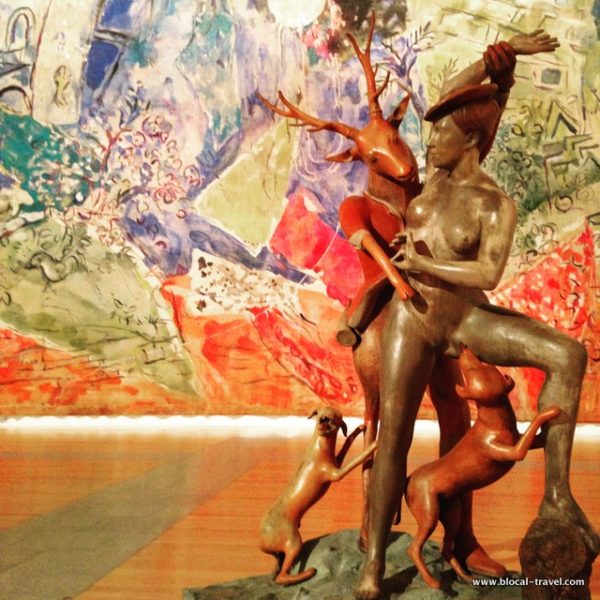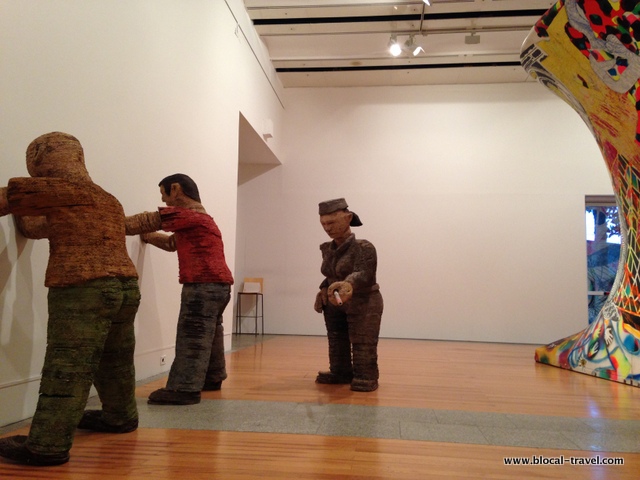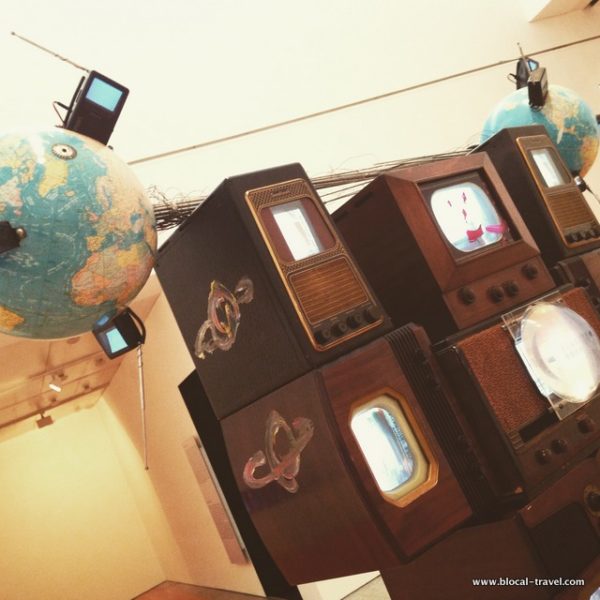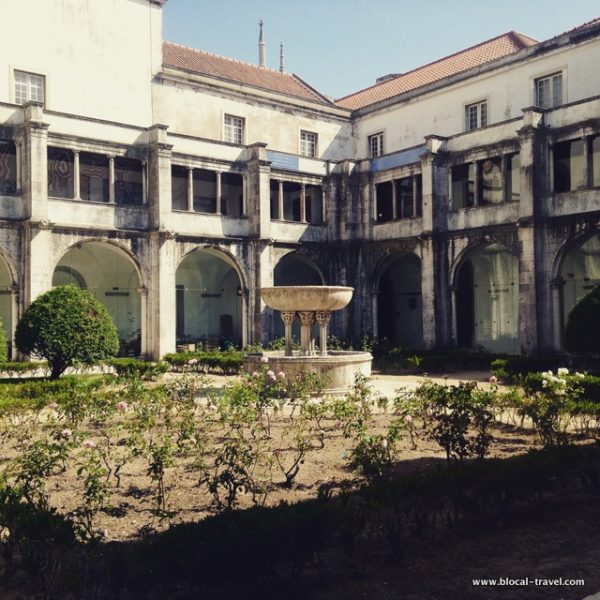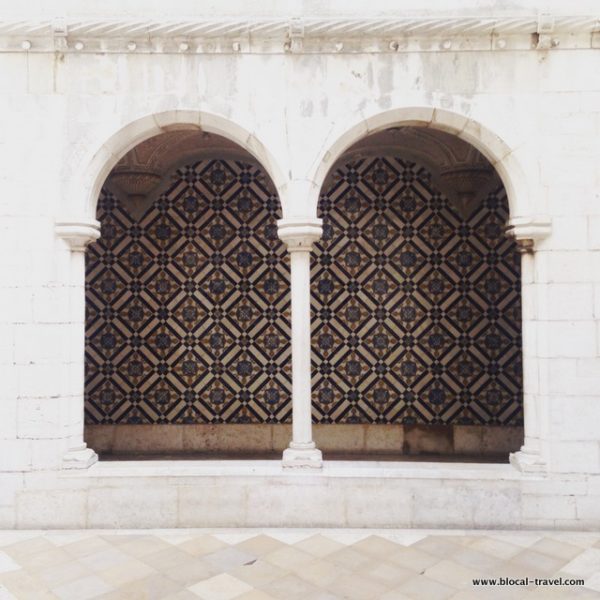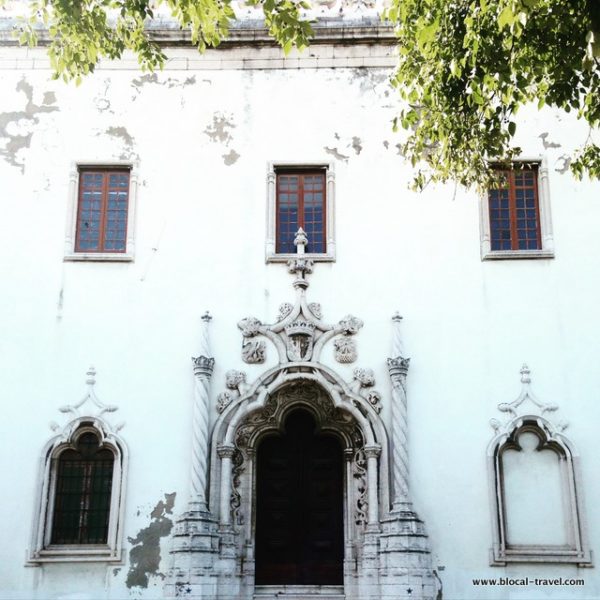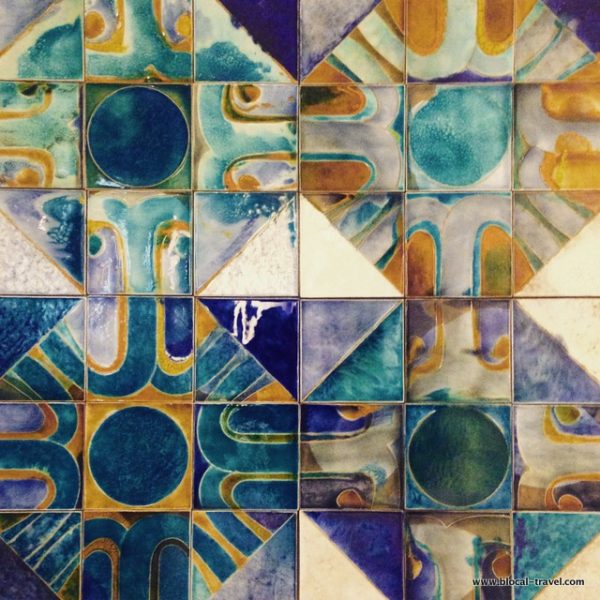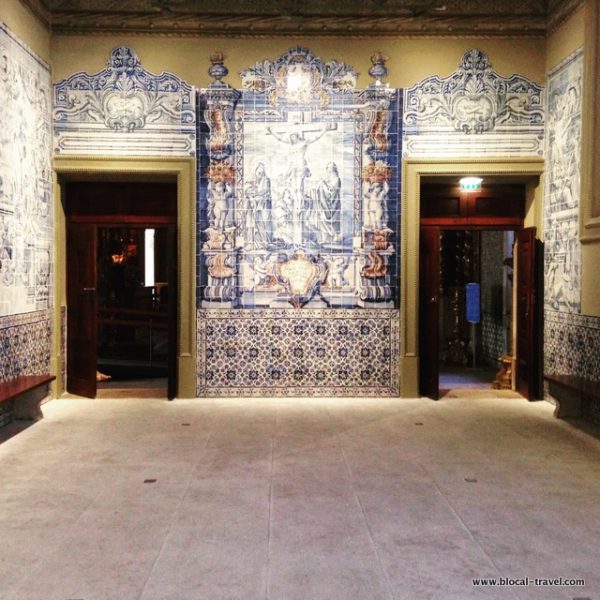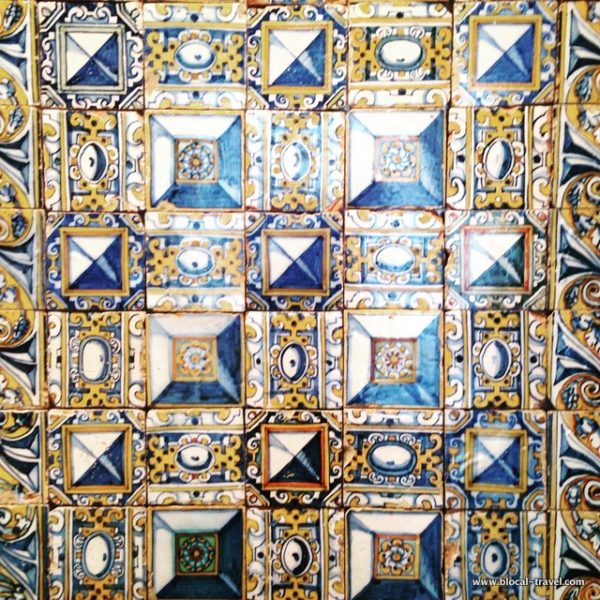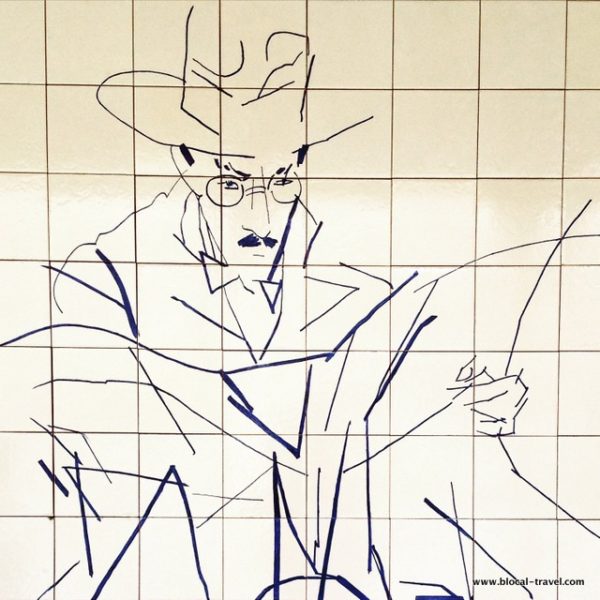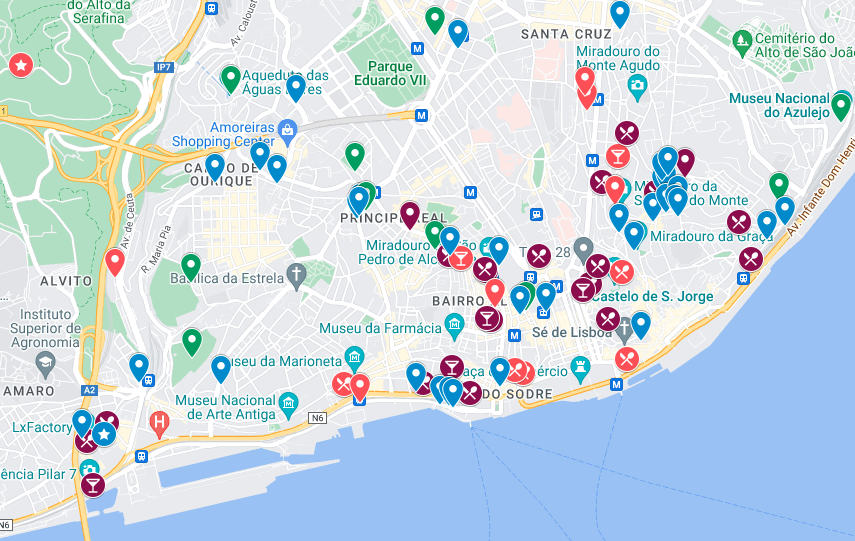Beyond Lisbon’s industrial archaeology, the coolest restaurants in town and the best of Lisbon’s street art, there are still some more places worth checking out, which will make your trip unforgettable.
These were mine.
Enjoy! :-)
- Lisbon off the beaten path > The Prazeres Cemetery
- Lisbon off the beaten path > Museu Bordalo Pinheiro + Bordalo Pinheiro Gardens
- Lisbon off the beaten path > the prison
- Lisbon off the beaten path > The Cultural Center of Belem + Museu Coleção Berardo
- Lisbon off the beaten path > The National Tile Museum
Do you want to explore Lisbon with me?
info on the lisbon street art trip
Save the dates: May 8 – 12
Lisbon off the beaten path > The Prazeres Cemetery
For a solo traveller like me, organizing a trip with two more friends can be very challenging, so on my first morning in Lisbon I woke up very early, left a note to my friends on my pillow and took that yellow little thing featured in every postcard –aka the tram number 28- enjoying the panoramic ride as far as the last stop: the Prazeres Cemetery.
The Prazeres Cemetery is the largest cemetery in Lisbon. It opened in 1833 after an epidemic of cholera, which suddenly caused thousands of deaths. Well-known Portuguese artists are buried here, as well as rich and important Lisbon families.
The chapels look like tiny houses, most of them are very monumental and elaborate, with carved tombs and statues. The alleys are very steep, even steeper than an average street in Lisbon, and the colourful doors of the small mausoleums are stepped on the slope. Which, with the ever-visible ’25 de Abril’ bridge sitting on the horizon, makes the cemetery look like a ghost-San Francisco.
Lisbon off the beaten path > Museu Bordalo Pinheiro + Bordalo Pinheiro Gardens
First things first: who was Rafael Bordalo Pinheiro? He was a multifaceted artist who lived in Lisbon at the end of the 19th century. He is known for his drawings, graphics, paintings and ceramics, and he is considered the first Portuguese creators of comics.
Conscious of the power of the press, he founded several newspapers where he published hilarious caricatures of the daily life and the socio-political scene of his time. Through Bordalo Pinheiro’s art I got to discover a lot about Lisbon’s food scene in the 19th century. He designed humorous labels, packaging, adverts and menus in his unique style, which employed gastronomy to provide metaphors of political criticism, for example the expression ‘mutton with potatoes’ to indicate electoral strategies. In other words, satire was Bordalo’s favourite ingredient.
When he was already well-known as a caricaturist and journalist, he began experimenting with ceramics, founding the Caldas da Rainha factory in 1885 and eventually renewing the concept of ceramics in Portugal by introducing social and political criticism, as well as his own great sense of humour, into this -otherwise unspiced- decorative art.
Leaving the museum, and already in love with this over-the-top guy, I went to the Bordalo Pinheiro Garden, a surreal wonderland where I could see Bordalo’s genius in the field. This park is just across the big road (Campo Grande) from the museum, although it is a bit tricky to find as you have to enter the Palacio Pimenta (one of the five venues of the Museum of the City of Lisbon) and walk across the first part of its courtyard, which -by the way- is also very beautiful and kind of surreal too, with many peacocks wandering around a huge, decadent fountain.
The Bordalo Pinheiro garden is a dreamlike park populated by giant porcelain animals: some of them climb the walls, others hang down from the trees or are hidden in the bushes.
Lisbon off the beaten path > the prison
Lisbon’s prison is the most surprising architecture I’ve stumbled upon wandering around the town. It is housed inside a pretty weird building, which was completed in 1875.
Seeing the towers, steeples and more intriguing architectural elements that peek out above the surrounding wall, I couldn’t help wondering what quirky beauties were hidden behind it.
Too bad I wasn’t allowed to get inside! ;-)
Do you want to explore Lisbon with me?
info on the lisbon street art trip
Save the dates: May 8 – 12
Lisbon off the beaten path > The Cultural Center of Belem + Museu Coleção Berardo
Even if the Pasteis de Belem is worth the trip in itself, once in Belem (the southwesternmost parish of the municipality of Lisbon) you should spend a few hours exploring the surrounding area. Besides the UNESCO-listed Jeronimos Monastery (an outstanding example of the Late Gothic Manueline style, thanks to its lacelike, polished and carved decorations) and the stunning three-dimensional street art by Bordalo II of a racoon, Belem also has a beautiful and well-kept park and a pretty river bank, where you can find the Monument to Discoveries and the Cultural Centre of Belem.
Initially built to accommodate the European Presidency, the Cultural Centre of Belem is beautiful modern architecture, with several courtyards, concert halls, restaurants, art-related shops and the Modern and Contemporary Art Museum of Lisbon: the Museu Coleção Berardo.
The collection of the museum focuses on 20th century art, displaying artworks by the most important protagonists, one avantgarde movement after another.
Lisbon off the beaten path > The National Tile Museum
If you can’t get enough of the Portuguese traditional tiles all around the town, you should visit the Museu Nacional do Azulejo. The museum is housed inside a former monastery (the Convent of Madre de Deus), whose cloisters and front door –in the Manueline style- are definitely worth the trip by themselves.
Anyway, besides the location, the whole point here is wandering around its alleys, one charming cloister after another, learning about the history of azulejos, from their Islamic roots to their contemporary design.
My favourites were the naturalistic ones, as I found that the traditional ones, those depicting holy scenes and representations of saints, all look the same after a while. ☺ (but, as I learnt during the visit, also the ‘bird-and-foliage’ tiles had a symbolic meaning in the first place, as they were associated with the Resurrection, hence why we often see them decorating altars).
Further into the visit, I had the chance to admire some contemporary tiles with geometric patterns or modern drawings, such as the one portraying the national poet Fernando Pessoa.
Plan your alternative weekend in Lisbon with my Lisbon Travel and Street Art Map!
Do you want to explore Lisbon with me?
info on the lisbon street art trip
Save the dates: May 8 – 12
